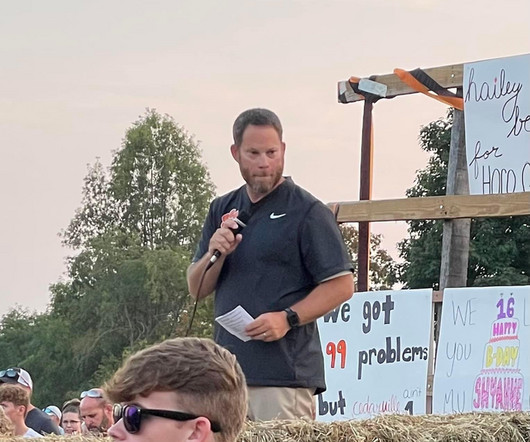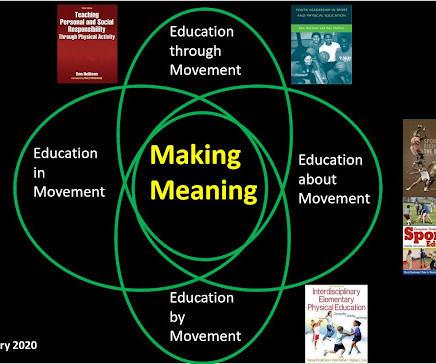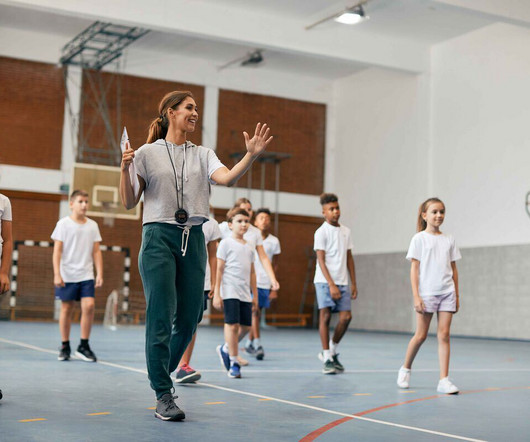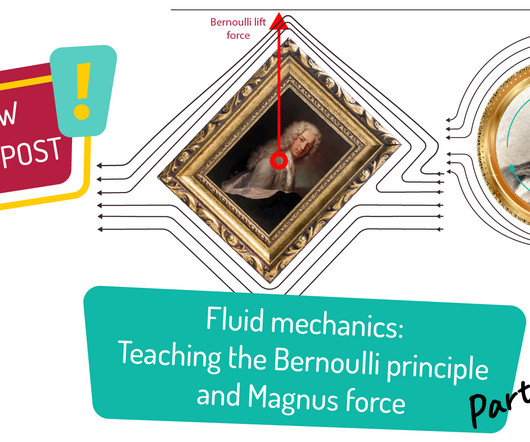THE PITFALLS OF 'MORE, YOUNGER' MINDSET Why Starting Kids Too Early and Pushing Them Too Hard Can Backfire in Youth Sports
Better Coaching
DECEMBER 24, 2024
Children have shorter limbs and different leverage points compared to adults, which influences their biomechanics during movements like throwing, kicking, or running. Coach Education: Mandate training for youth coaches in injury prevention, recognizing overtraining symptoms, and proper biomechanics for developing athletes.











Let's personalize your content